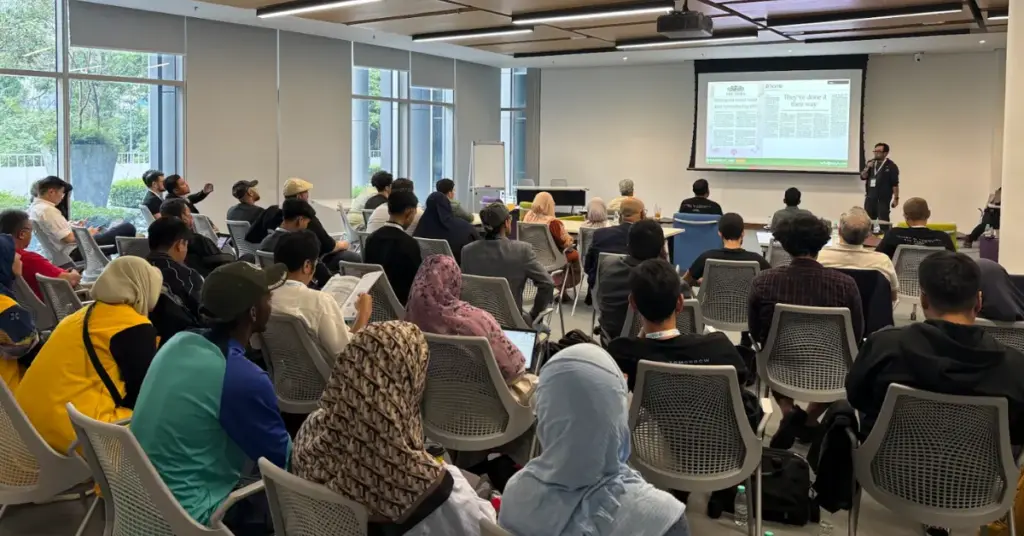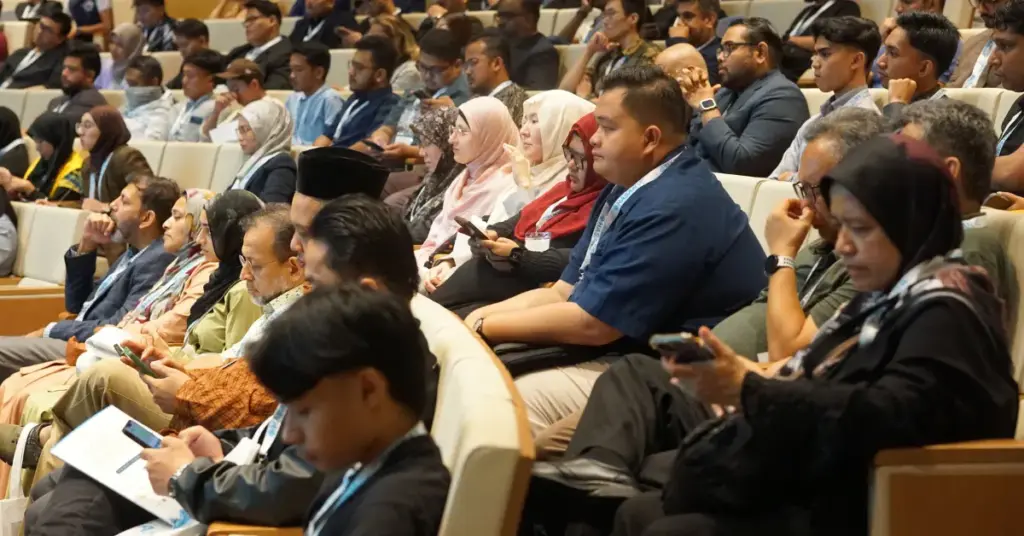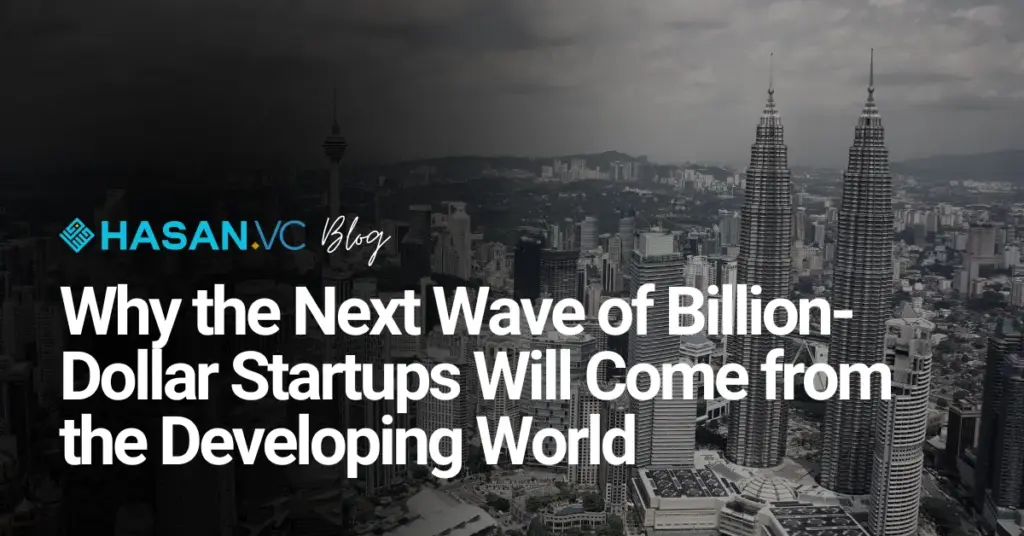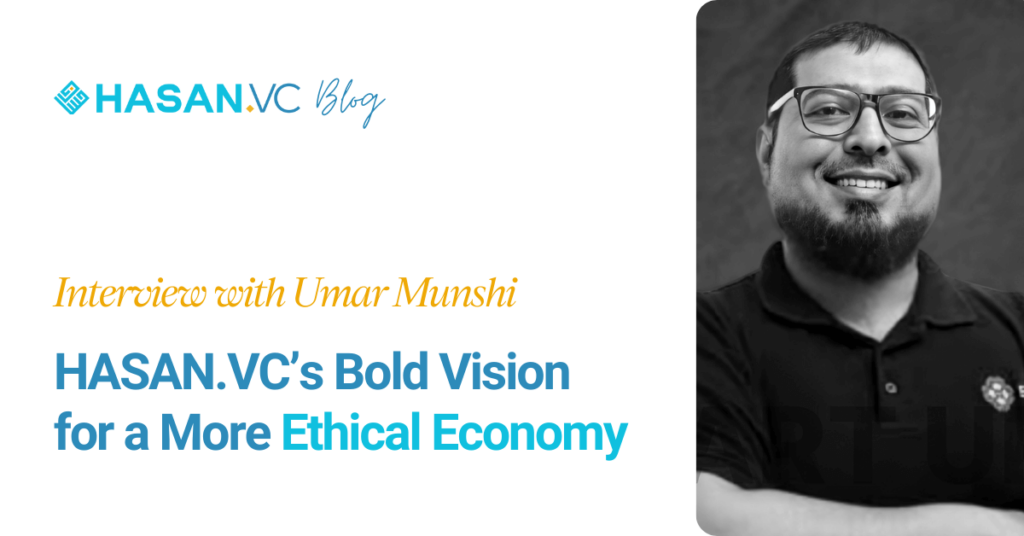Introduction: The Shift No One Can Ignore
For decades, the world’s biggest startups from Silicon Valley to Shenzhen seemed to come from the same places: developed economies with deep capital markets, top-tier universities, and established venture ecosystems. But that’s changing fast.
In 2025, a new trend is impossible to ignore: the next wave of billion-dollar companies is emerging from the developing world. From fintech firms in Nigeria to e-commerce giants in Indonesia and AI startups in Egypt, entrepreneurs across Asia, Africa, and Latin America are building global-scale solutions rooted in local challenges.
This is not a temporary trend it’s a structural transformation. The center of innovation gravity is shifting south and east, toward markets where necessity fuels creativity and where digital technology meets unmet human needs.
1. Innovation Born from Constraint
In mature markets, innovation often focuses on convenience faster apps, smarter devices, marginal improvements. In developing economies, innovation is about access, affordability, and inclusion. Startups aren’t solving “nice-to-have” problems they’re solving for survival, efficiency, and economic mobility.

Take fintech as an example. In much of the developing world, millions of people lack access to traditional banks. This gap has given rise to platforms that allow people to save, borrow, and invest using only their phones.
In Kenya, M-Pesa transformed financial inclusion for millions. In Indonesia, digital lenders and payment apps now power small businesses that were previously locked out of credit systems. In Pakistan, digital wallets are bridging the gap between cash economies and online commerce.
These startups are built from necessity, not luxury and that makes them more resilient, scalable, and adaptable to global challenges.
2. Massive Untapped Markets
While the global North wrestles with ageing populations and market saturation, developing regions are young, dynamic, and digitally connected.

- Southeast Asia: Over 680 million people, with a median age under 30.
- Africa: Home to the world’s fastest-growing population, expected to double by 2050.
- MENA and South Asia: Hundreds of millions entering the middle class in the next decade.
These regions represent billions of potential customers coming online for the first time not as passive consumers, but as active digital participants.
The numbers tell the story:
By 2030, more than 60% of the world’s economic growth is expected to come from emerging and developing economies. In practical terms, that means the next Uber, Stripe, or Airbnb-sized company is more likely to come from Jakarta, Lagos, or Dhaka than from San Francisco or London.
3. Technology as the Great Equaliser
A decade ago, startups in developing nations struggled to access tools, talent, and infrastructure. Today, those barriers are collapsing.

- Cloud computing has made enterprise-grade technology affordable for small teams.
- Low-code and open-source tools let founders build products without deep engineering resources.
- Remote work connects global talent pools, allowing a coder in Nairobi to build products for users in New York.
This democratisation of technology means innovation can now happen anywhere, not just in the world’s wealthiest cities.
In countries like Vietnam and Bangladesh, local startups are using AI to modernise manufacturing, logistics, and education. In Morocco and Egypt, renewable energy startups are scaling decentralised power grids that could leapfrog outdated infrastructure.
Simply put, the developing world has moved from catching up to leading in innovation, which matters most.
4. Local Problems, Global Potential
The most successful startups of the next decade will solve local problems but their solutions will have global relevance.

Consider these examples:
- Agritech platforms in Africa that improve smallholder productivity are now being adapted for Latin American farmers.
- Mobile health apps from South Asia are being replicated in underserved communities in Europe.
- Islamic fintech products from Southeast Asia are attracting ethical investors worldwide.
By addressing fundamental human needs, such as health, education, finance, food, and energy , these startups build models that can scale across borders. The global South is not just a consumer base; it’s becoming the idea engine for inclusive innovation.
5. A New Breed of Founder
Founders in the developing world bring a different kind of grit. They operate with limited resources, face inconsistent regulation, and often bootstrap their way through chaos. Yet, these constraints produce adaptable, purpose-driven entrepreneurs who can survive turbulence the kind that might cripple startups in more stable markets.

Moreover, many of these founders are globally connected, educated abroad, but committed to solving problems back home. They combine local insight with international best practices, creating hybrid business models that balance global scalability with local authenticity.
One shining example of this new breed is HASAN.VC, a Malaysia-based, Muslim-led venture capital firm that supports startups across Southeast Asia and the Middle East. The firm invests in entrepreneurs who combine ethical principles with high-growth ambition, focusing on fintech, halal economy ventures, climate tech, and sustainable agriculture.
By backing founders who operate at this intersection, grounded in values but globally minded, HASAN.VC exemplifies how the developing world’s next generation of billion-dollar startups can be both profitable and purposeful.
6. The Rise of Values-Driven Capital
Another shift underpinning this wave is the rise of impact-oriented and faith-aligned investing. Investors are realizing that emerging markets don’t just offer high growth they offer meaningful impact.

Funds like HASAN.VC demonstrate how capital can drive transformation while remaining true to ethical foundations. In predominantly Muslim markets, Shariah-compliant venture investing is gaining traction, offering an alternative model rooted in transparency, social benefit, and real-economy value creation.
This approach resonates not only in Southeast Asia and the Middle East but also with Western investors seeking authenticity, ESG alignment, and access to new markets. It’s a fusion of ethics and opportunity and one that will shape the next generation of global capital flows.
7. From “Emerging” to “Leading”
The old term “emerging markets” implies that these countries are still catching up. But in reality, many are leapfrogging legacy systems altogether.

For instance:
- Indonesia skipped traditional banking models and went straight to mobile payments.
- Kenya built one of the world’s most advanced fintech ecosystems without conventional credit infrastructure.
- Vietnam and Philippines are producing software talent rivaling that of India or Eastern Europe.
These markets are not waiting to emulate Silicon Valley they’re building their own ecosystems, often more agile and better adapted to real-world needs.
8. The Role of Global Collaboration
Cross-border investment networks are accelerating this trend. Investors from the Gulf, Europe, and North America are now seeking exposure to Southeast Asia and Africa’s high-growth opportunities.

Firms like HASAN.VC play a bridging role connecting ethical capital from the Middle East with tech innovation in Asia and Africa. This not only diversifies portfolios but also creates a new kind of globalization: one led by collaboration, inclusivity, and shared prosperity rather than exploitation.
As capital becomes more connected and values-driven, the world’s next unicorns will not only be born in emerging markets they’ll also be funded and scaled through global partnerships.
9. Challenges Ahead
Of course, this transition won’t be without friction. Founders and investors still face obstacles:

- Regulatory uncertainty
- Limited exit options
- Currency volatility
- Infrastructure gaps
Yet, these challenges are gradually easing. Governments are modernizing startup policies, local venture ecosystems are maturing, and secondary markets for exits are emerging. As capital markets deepen, liquidity will follow, unlocking further confidence from global investors.
Conclusion: A Billion-Dollar Future Built Differently
The next generation of billion-dollar startups won’t look like the last. They’ll be born in places where connectivity, creativity, and necessity meet. They’ll be built by founders who understand scarcity, community, and impact. And they’ll be funded by investors who see value in both profit and purpose.
From Jakarta to Lagos, from Cairo to Kuala Lumpur, a silent revolution is already underway.
As funds like HASAN.VC continue to champion local innovation and bridge it with international capital, the developing world is not just participating in the global startup race it’s leading it.
The next unicorns are not waiting to emerge from Silicon Valley. They’re already being built in the streets of Nairobi, the labs of Hanoi, and the co-working spaces of Kuala Lumpur.
The future of innovation is here, and it’s coming from the developing world.
Stay ahead of the queue by joining our mailing list for latest updates on events and investment opportunities.



